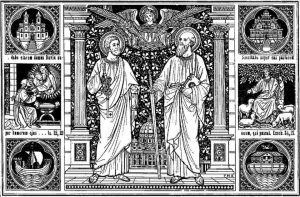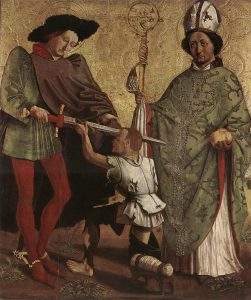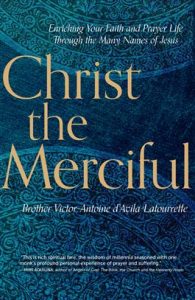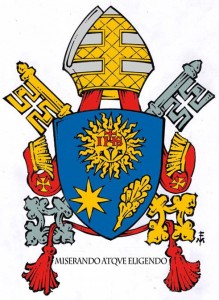 Today is the Feast of the Dedication of the Basilicas of SS. Peter & Paul. This is an ancient feast which the Church recalls the place of two great Roman churches in our theology. The Roman Church claims two principal churches, St. John Lateran and St. Peter’s. YET, the Basilicas of Sts. Peter and Paul –shrine churches– were built by the Emperor Constantine the Great during the 4th century connecting the dots of the faith with these two Apostles and founders. Hence, we say with conviction that two marks of the Church are Petrine and Pauline.
Today is the Feast of the Dedication of the Basilicas of SS. Peter & Paul. This is an ancient feast which the Church recalls the place of two great Roman churches in our theology. The Roman Church claims two principal churches, St. John Lateran and St. Peter’s. YET, the Basilicas of Sts. Peter and Paul –shrine churches– were built by the Emperor Constantine the Great during the 4th century connecting the dots of the faith with these two Apostles and founders. Hence, we say with conviction that two marks of the Church are Petrine and Pauline.
We hold near and dear the places of Peter and Paul. St. Paul’s Outside-the-Walls stands near the Benedictine Abbey of the Tree Fountains, where Saint Paul is believed to have been beheaded.
What lessons do we glean from the Roman Church’s traditions concerning the two basilicas whose dedication feast we are celebrating? Dom Gueranger speak to us from his Liturgical Year:
Among the holy places venerated of old by the Christians, those were the most honoured and most frequented in which the bodies of the saints were preserved, or some relic or memorial of the martyrs. Chief among these holy places has ever been that part of the Vatican hill which was called the Confession of St. Peter. Christians from all parts of the world flocked thither, as to the rock of the faith and the foundation of the Church, and honoured with the greatest reverence and piety the spot hallowed by the holy sepulchre of the prince of the apostles. Hither on the octave day of his baptism came the emperor Constantine the Great; and taking off his diadem, he prostrated on the ground with many tears. Then taking a hoe and mattack, he broke up the earth of which twelve basketfuls were taken away in honour of the twelve apostles; and on the site thus marked out he built the basilica of the prince of the apostles. Pope St. Sylvester dedicated it on the fourteenth of the Calends of December, just as he had consecrated the Lateran church on the fifth of the Ides of November. He erected in it a stone altar which he anointed with chrism, and decreed that thenceforward all altars should be made of stone. The same blessed Sylvester dedicated the basilica of St. Paul the apostle on the Ostian Way, also magnificently built by the emperor Constantine, who enriched both basilicas with many estates and rich gifts and ornaments…
It is very important that we pray today for the unity of the Catholic Church, the Holy Father and the Bishops who are the successors of Peter & Paul.
Saints Peter & Paul: pray for us!




